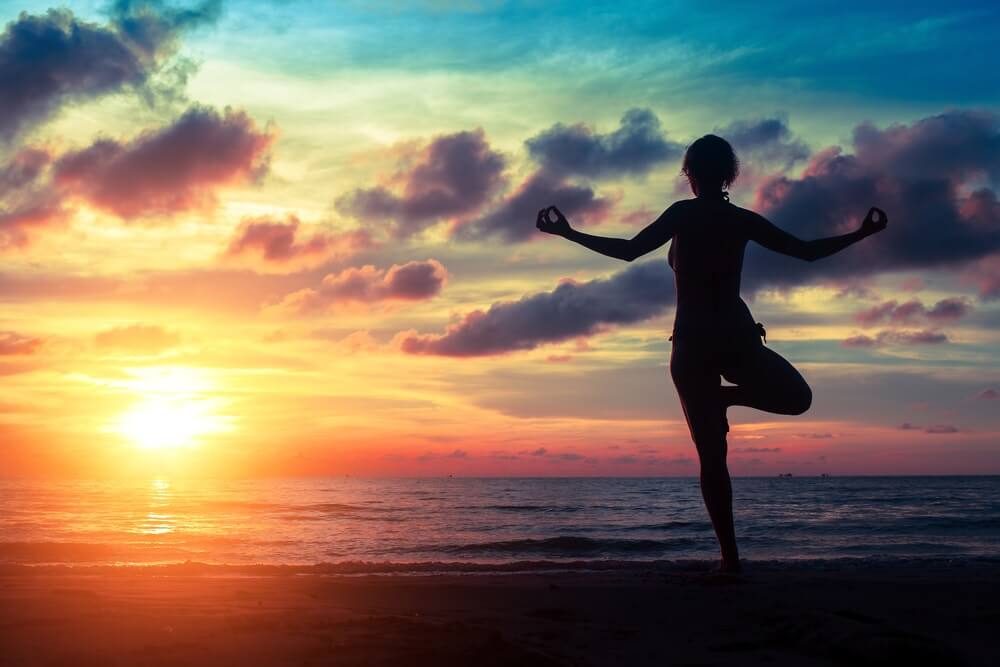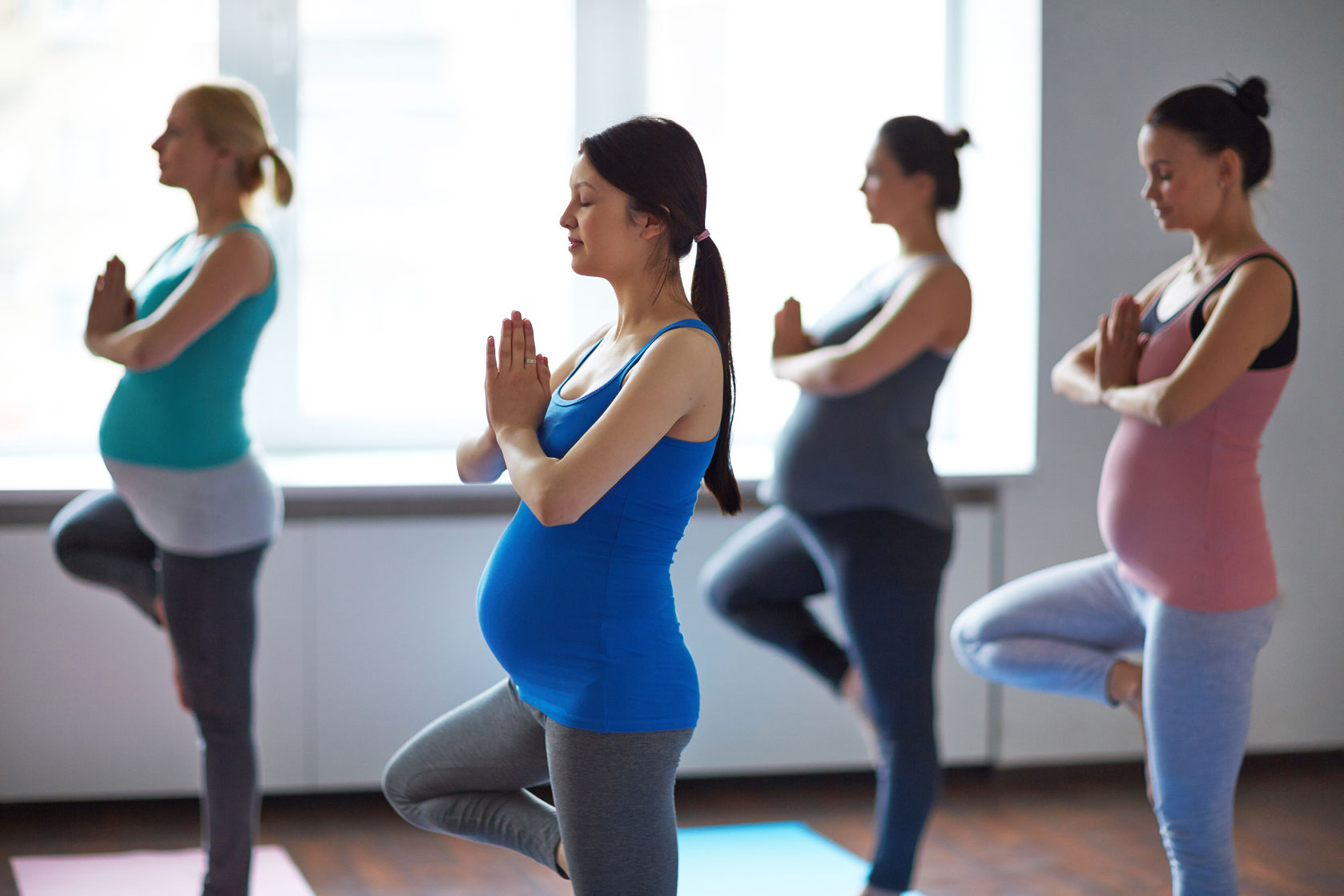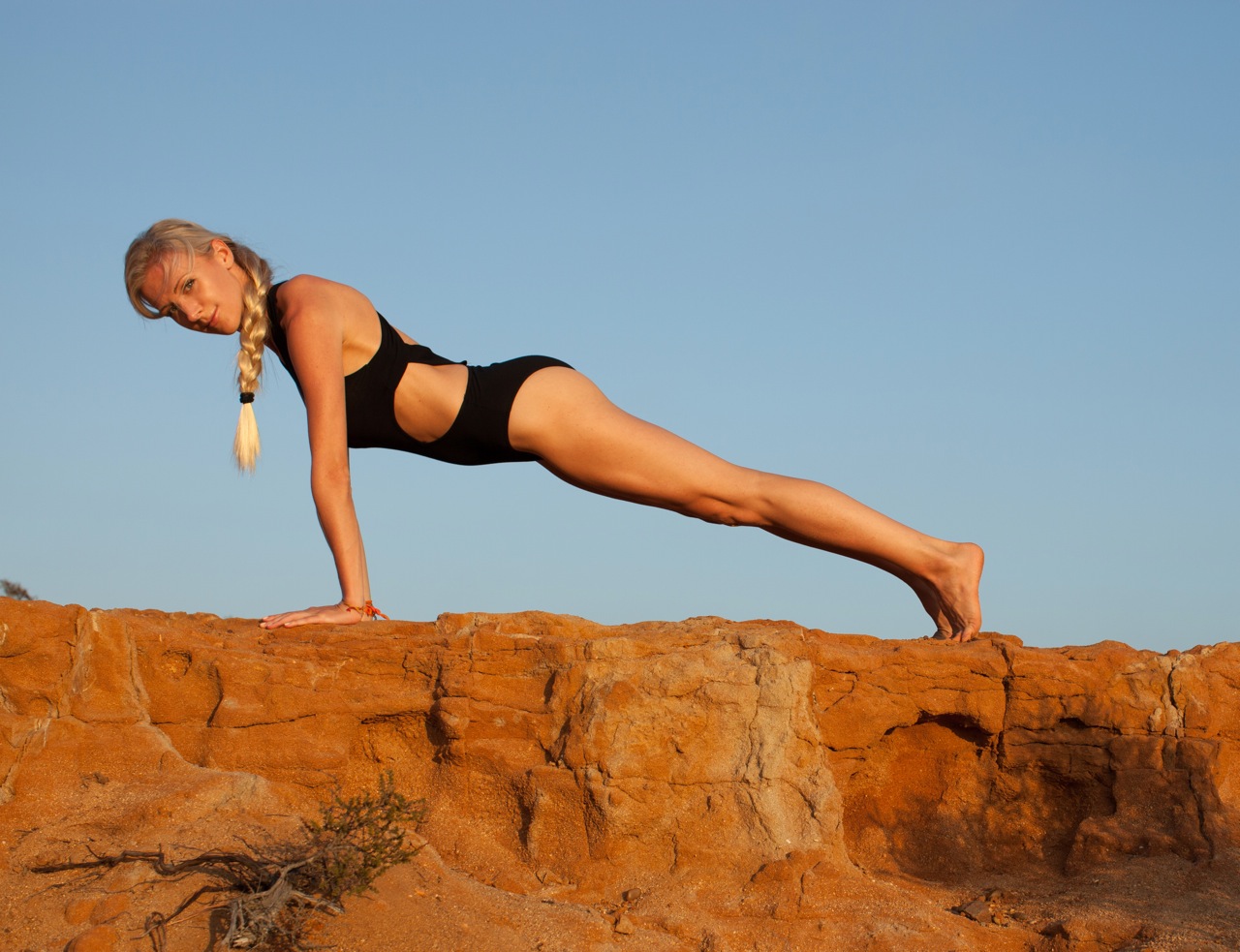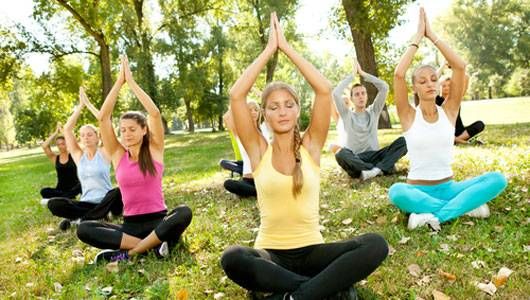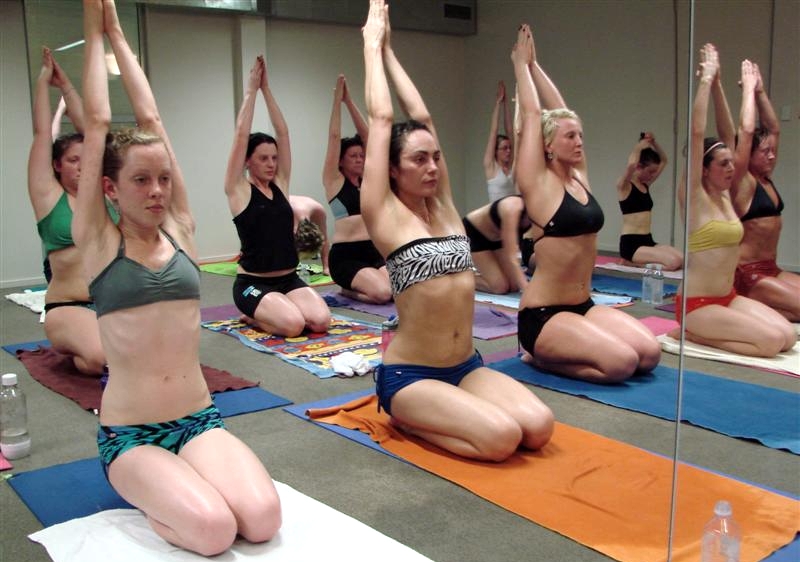
Bikram yoga has become popular over the years, with Bikram yoga studios popping up the world over.
But how safe is Bikram yoga really?
All exercise forms come with certain injury risks even yoga but many treat Bikram yoga, ashtanga, and iyengar with more caution compared to the others.
Named after its founder, Bikram is a modern type of yoga.
It makes use of 26 poses derived from the traditional form of yoga known as Hatha yoga.
Bikram yoga earned the moniker “boot camp” in the yogic community because each class performs the same asanas in the same sequence.
It is also otherwise commonly referred to as hot yoga.
Bikram studio temperatures can range from 80 to 100 degrees, with the humidity set at around 75 percent.
There are several reasons for this.
For starters, they want to mimic the actual weather conditions in India, where the practice of yoga was first developed.
Another reason is the warmth can help relax the muscles.
Also, vigorous exercise combined with heat can burn as much as 1300 calories per 90-minute sessions.
In addition, practitioners claim that sweating while performing hot yoga can help eliminate body toxins.
Furthermore, the founder claims that hot yoga can help a practitioner’s willpower—the ability to stick with the workout even under challenging conditions.
Taking into account the nature of Bikram yoga, including meditation and hatha, it’s understandable that this type of yoga is not for everyone.
For instance, it is not for those with joint issues or any heart conditions.
It can also be very dangerous because of the dehydration risk secondary to the sweating and the heat.
The body has to stay hydrated to be able to perform its functions including the maintenance of a healthy and functioning circulatory system.
A healthy circulatory system will require good blood volume.
Otherwise, it can result to hypovolemic shock, which can be fatal when not given the proper medical attention.
Dehydration can also lead to an imbalance of important electrolytes like potassium and sodium.
Both breathing and meditation are considered vital in the performance and proper functioning of certain bodily functions like maintaining a regular heartbeat.
When electrolytes are not replaced accordingly, it can result in palpitations which can also lead to blood clots.
Blood clots may also result to strokes or heart attacks—both of which are considered fatal.
Bikram yoga might be something you would like to get your hands on.
However, prior to joining any class, it is recommended that you check with your doctor first and know everything there is to know so you have a definite idea of what you are getting into.
To know more about Bikram yoga and other types of yoga styles you can try, visit www.allure-yoga.com right now!

